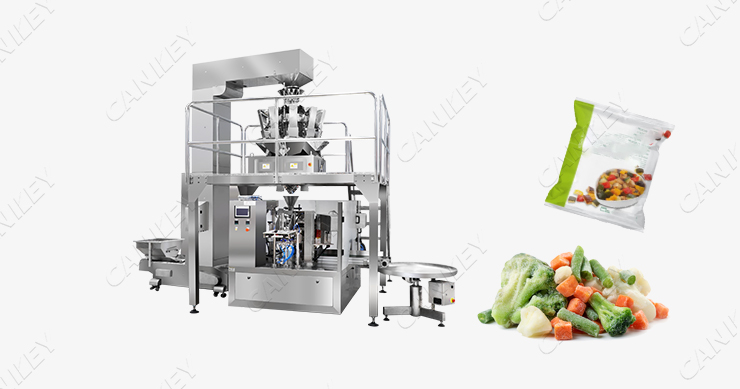In the modern era, frozen foods have become an integral part of our daily lives, offering convenience, versatility, and extended shelf life. However, behind the scenes, there’s a meticulous process involved in packaging frozen foods to maintain their quality, taste, and safety. But how is frozen food packaged? The low temperature demands and delicate nature of frozen goods necessitate specialized packaging techniques and equipment. Let’s delve into the intricacies of how frozen food is packaged to meet these stringent requirements.
Understanding the Challenge
Packaging frozen foods presents unique challenges due to the extreme temperatures involved. Unlike packaging for shelf-stable products, frozen food packaging must withstand freezing temperatures without compromising its integrity. Moreover, the packaging material must prevent moisture loss, freezer burn, and contamination while preserving the food’s freshness and flavor.
The Packaging Environment
Creating the ideal packaging environment for frozen foods involves maintaining strict temperature and humidity controls. Packaging facilities typically operate in controlled environments, ensuring that the temperature remains below freezing throughout the packaging process. This prevents thawing and refreezing, which can degrade the quality of the food.
Specialized Packaging Materials
The choice of packaging material is crucial in ensuring the quality and safety of frozen foods. Common materials used for frozen food packaging include:
1. Polyethylene (PE) and Polypropylene (PP) Films: These materials offer excellent moisture resistance and flexibility, making them ideal for packaging frozen foods such as vegetables, fruits, and meats.
2. Polyethylene Terephthalate (PET): PET is commonly used for packaging frozen meals and ready-to-eat foods. It provides good clarity, strength, and resistance to low temperatures.
3. Aluminum Foil: Aluminum foil is often used in packaging frozen foods like pre-cooked meals and desserts. It provides superior barrier properties against moisture, oxygen, and light.
4. Vacuum-sealed Bags: Vacuum sealing removes air from the packaging, minimizing the risk of freezer burn and preserving the food’s quality for an extended period.

The Packaging Process
Packaging frozen foods requires specialized frozen food packaging equipment designed to operate in freezing conditions. Key steps in the packaging process include:
1. Filling: Frozen foods are filled into the packaging containers, whether it’s bags, trays, or pouches. Care is taken to ensure accurate portioning and minimal air exposure.
2. Sealing: The filled containers are sealed using heat-sealing or vacuum-sealing technology to create a hermetic seal that prevents air and moisture ingress.
3. Labeling: Each package is labeled with essential information such as product name, ingredients, nutritional facts, and storage instructions. Clear and accurate labeling is crucial for consumer safety and compliance with regulations.
4. Quality Control: Throughout the packaging process, quality control measures are implemented to detect any defects or irregularities. This may include visual inspections, weight checks, and seal integrity tests.
Ensuring Food Safety and Quality
Packaging frozen foods goes beyond mere containment; it plays a vital role in ensuring food safety and quality. Properly packaged frozen foods maintain their nutritional value, texture, and flavor while minimizing the risk of contamination and spoilage. By adhering to strict packaging standards and utilizing advanced technology, manufacturers can deliver frozen foods that meet consumer expectations for taste, convenience, and safety.
Packaging frozen foods is a precise and specialized endeavor that requires careful attention to detail and adherence to stringent standards. From selecting the right packaging materials to employing advanced sealing techniques, every step in the process contributes to maintaining the quality and safety of frozen foods.
